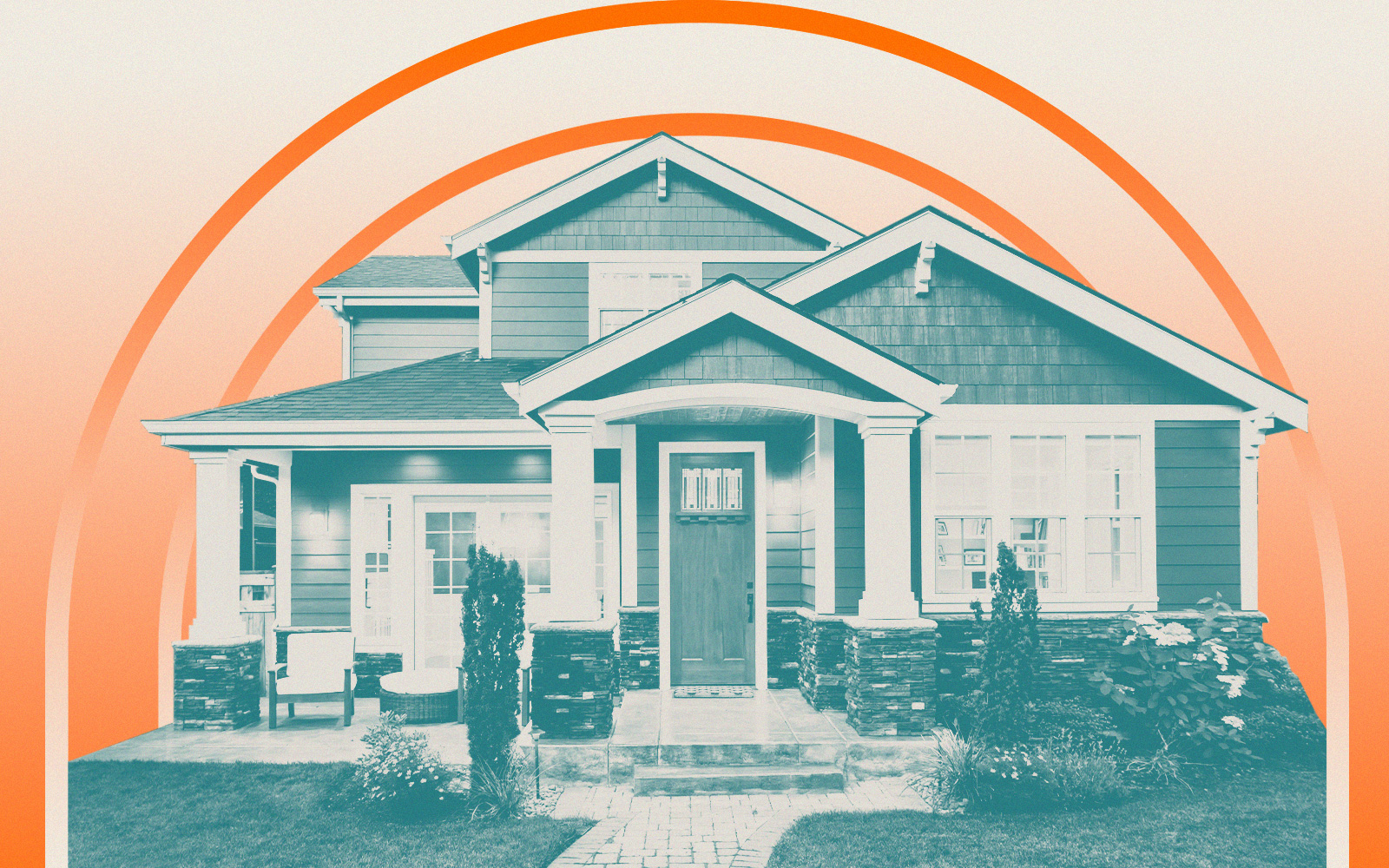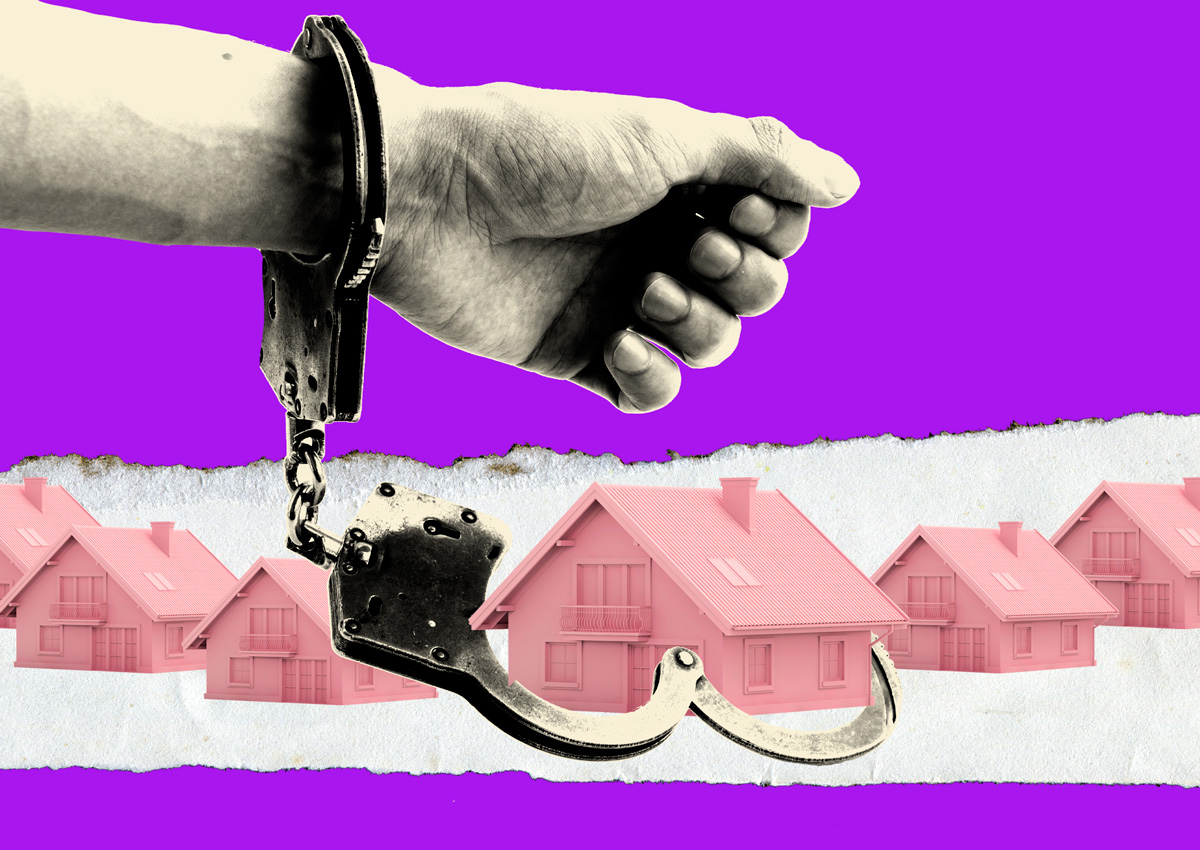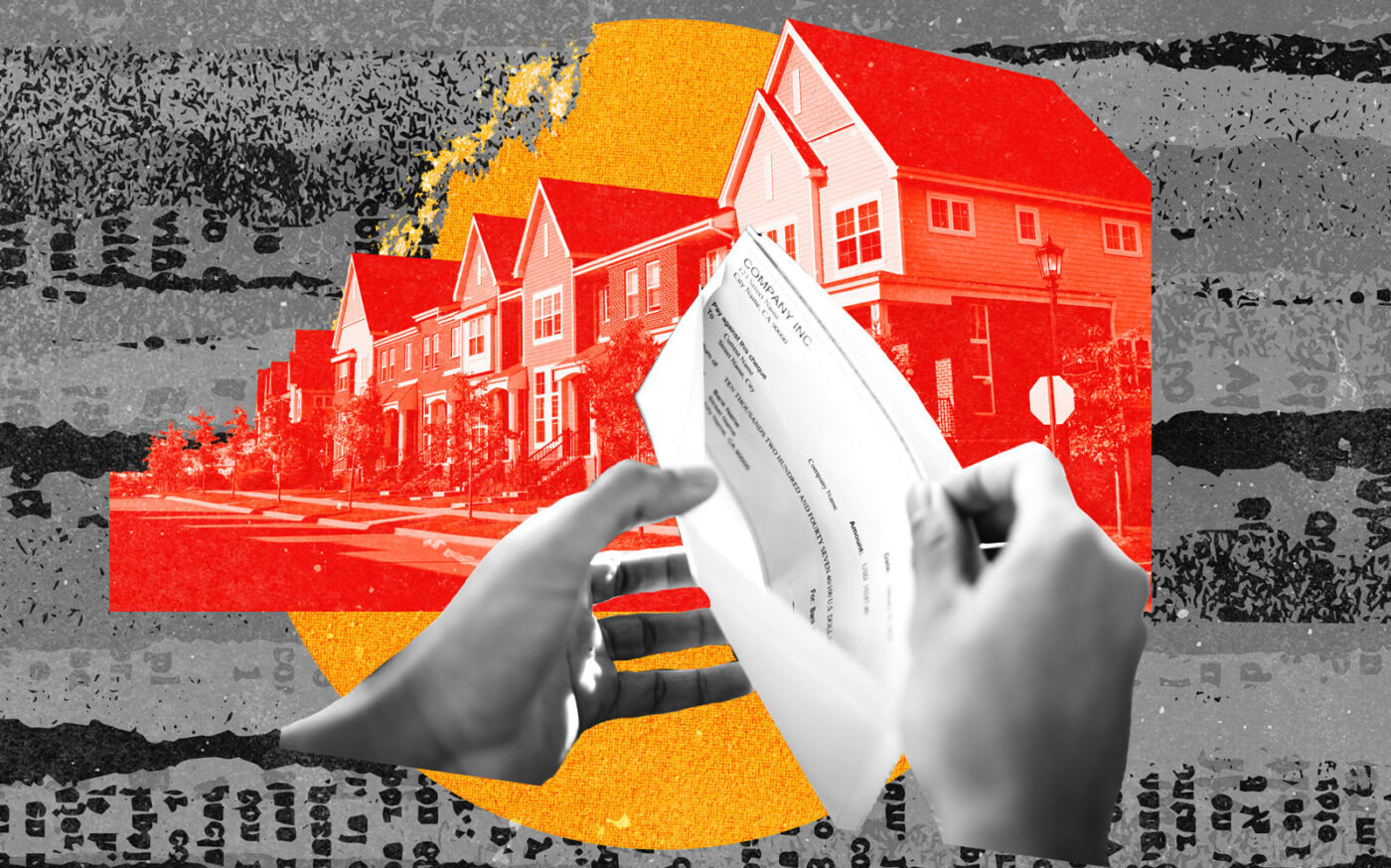The forces behind rising home prices during the pandemic have been cited ad nauseum: low inventory, increased demand for homes in more open spaces, mobility enhanced by remote work.
But one other factor is getting renewed consideration: Pandemic-related fraud.
New research has linked fraudulent Paycheck Protection Program loans to the rise in home prices in certain markets, according to a study out of the University of Texas at Austin reported by CNBC. The paper identified certain geographic locations with more instances of fraud and a higher chance of ripple effects.
Researchers found in ZIP codes with “high suspicious lending per capita,” price growth was 5.7 percent higher than it was in other ZIP codes in the same county with a lower amount of fraud.
The findings held true when accounting for land prices, previous home pricing trends, remote work access, population density, migration and proximity to central business districts.
“This effect is large relative to other proposed factors explaining house price growth during the Covid period,” the authors wrote.
Kruger said those perpetrating the fraud created “potential distortions and spillover effects that are affecting other people in the community.” The research found that individuals who obtained fraudulent loans were more likely to purchase property.
Overall, home prices jumped by 24 percent from November 2019 to November 2021, according to the Federal Reserve Bank of San Francisco. Prices have shown signs of normalizing in recent months due to soaring mortgage rates — which were at historic lows during the early months of the pandemic — though low inventory is keeping prices relatively high.
The pandemic-relief aid program distributed $793 billion from April 2020 to May 2021. Previous research pinned the amount of “suspicious lending” through the program — which was geared towards helping small businesses remain alive and at their pre-Covid employment levels — at $117.3 billion.
— Holden Walter-Warner
Read more



